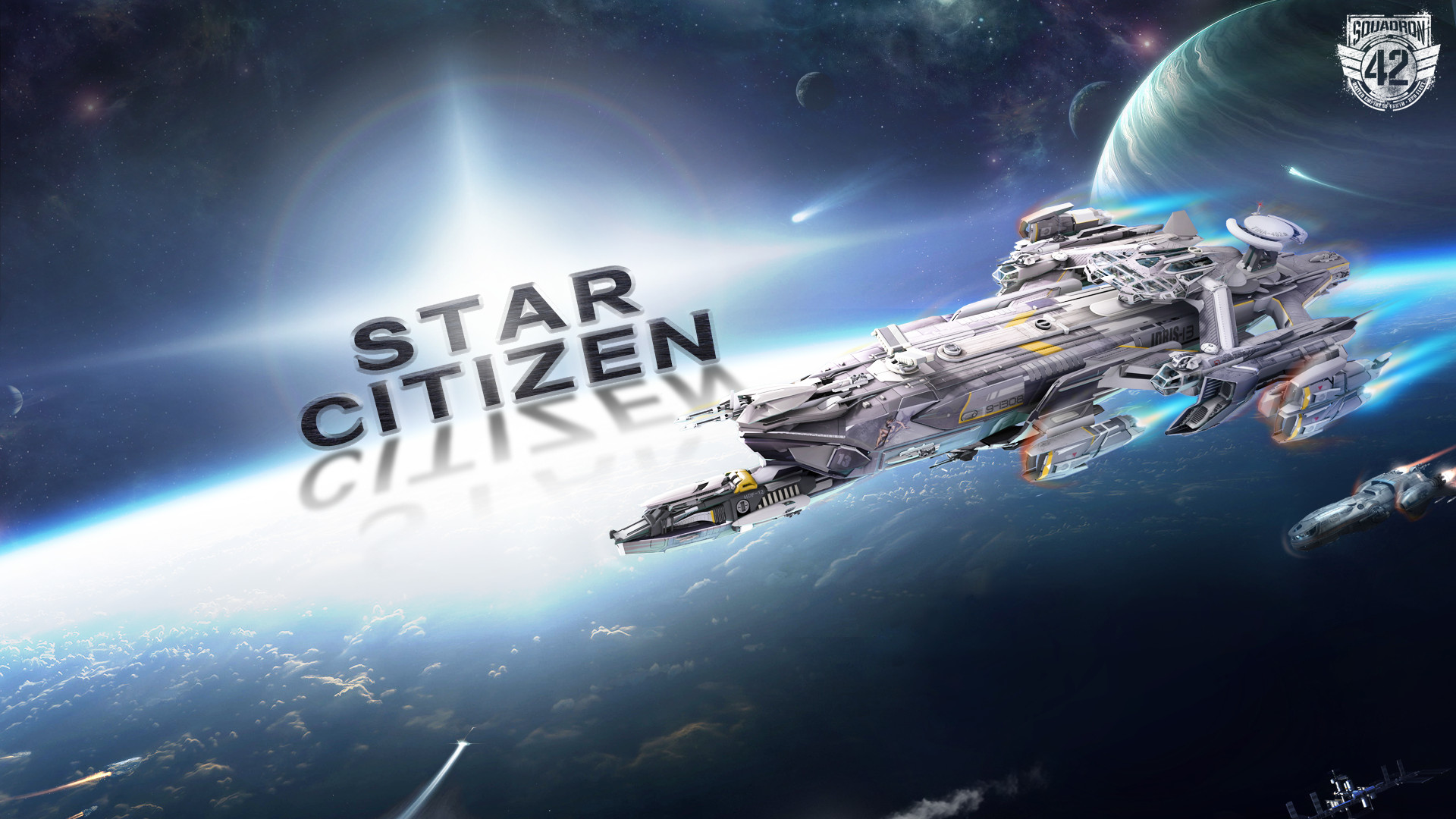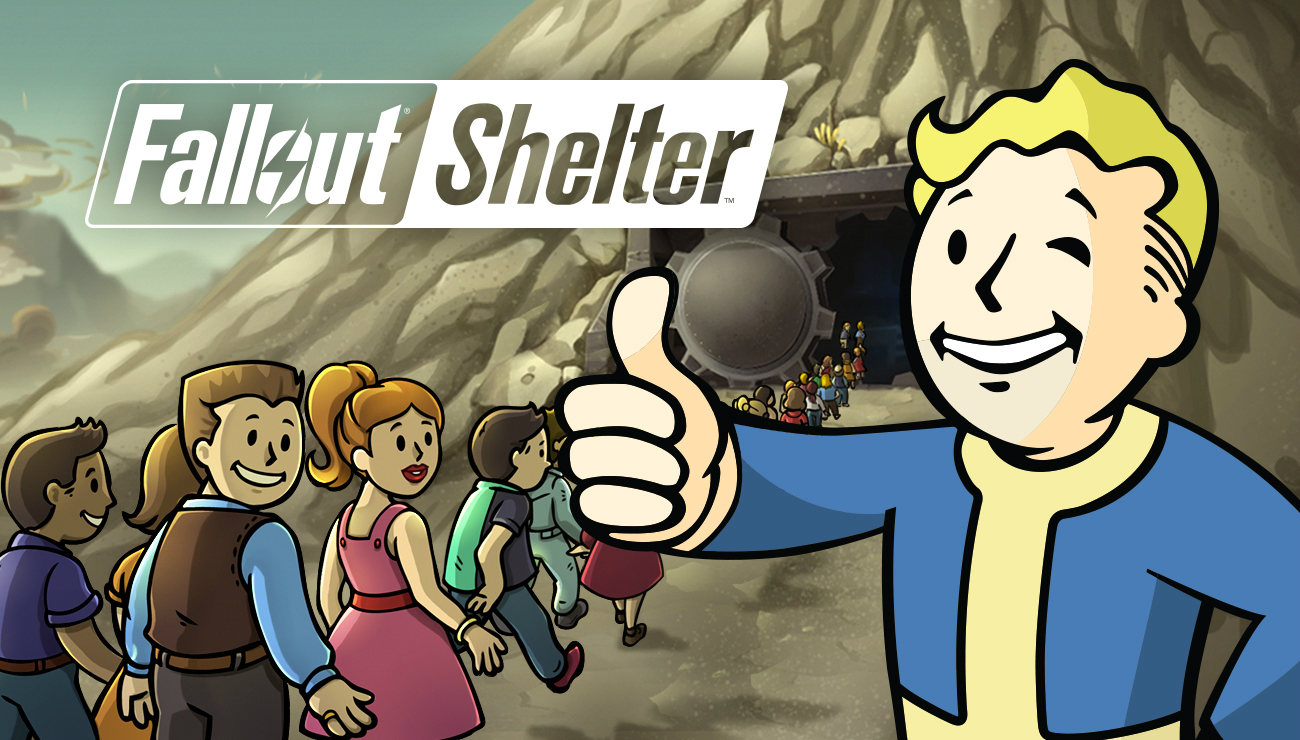Founded in 1992 by current CEO Remi Racine, Behaviour Interactive is one of the largest and most successful independent game developers in Canada. Their team is made up of over 300 employees and is headquartered here in Montreal.
In the last year, Behaviour has worked on games like the award-winning iOS game Fallout Shelter, which the organization made in partnership with Bethesda Game Solutions. The team also worked on $92 million Kickstarter project, Star Citizen—the biggest crowdfunded video game ever developed for Microsoft Windows and Linux. Their success has been tied to their ability to make their games interactive, artistic, and above all, fun.
“Fun is very complicated,” Creative Director Peter Hammer explained. “The only thing you know is when you’re having it and when you’re not having it.”
With this in mind, Behaviour has curated a series of key universal ingredients to creating fun in video games. This is what Senior Vice-President Dominique Lebel calls “game design thinking.”
A study conducted by Microsoft revealed that humans’ attention span has dropped from 12 to eight seconds due to smartphone usage. This means that a game must be designed as a first time experience. Its virtual world must contain a set of rules that remain persistent, unchanging, and therefore learnable to the user. There needs to be easily identifiable goals to reach and a motivating reason as to why those goals should be reached. The game must be simple and include engagement and re-engagement tools. There must be visible progress, a tangible feeling of moving forwards. Social involvement, competitiveness, and cooperation are also key. Finally, a fun game requires the idea of winning.

What Behaviour Business Solutions found, however, was that these exact same ingredients—this game design thinking—can be applied outside of videogames, and be just as effective. Although the idea of using game mechanics in business, specifically marketing, has existed for a long time, it hasn’t evolved much. Known as ‘gameification,’ the process of using games in business never evolved beyond simple tactics such as a game of spin-the-wheel to win a cup of coffee. Now, however, most people carry smartphones, which Behaviour Business Solutions aims to target to revolutionize experiences through game mechanics.
“Imagine if I was coming into work every single day [and] it was a fair world where the rules were incredibly simple; I had clear goals, there was an engagement mechanism, and I knew what I had to do to win,” Hammer stated. “[That] would be a perfect world. These mechanics exist in a game but they don’t exist in our everyday world, [which] makes it imperfect.”
Behaviour believes the problem with the real world is a lack of immediate validation. When short term results are not visible, motivation goes down. Behaviour is utilizing game design thinking to fill that gap. One of the first ways they have begun doing this is by revolutionizing the work experience. The goal is to engage employees, increase motivation, and transform learning.
To test their theory, Behaviour has been working with large firms such as Air Canada and Sobeys to transform their employee training processes. Infusing game mechanics into training is the distinction between a dreary test and a fun trivia game. Behaviour has also been working to employ virtual reality technology in training. This means effective use of the same technology that develops first person shooter games to create highly realistic first person training simulations. Although they are currently working largely with private corporations, this development is heading towards the public sector, specifically in education.
“Students are actually used to engaging with everything they’re doing, they’ve got all these two-way communication channels,” Hammer said. “They’re playing games; they’re completely connected at all times. Then, they go to school and the mechanics are ancient.”
Somewhere between elementary and middle school, education changes from a reward orientation to a punitive orientation. Whereas younger children are rewarded for good behaviour, older kids are being punished for bad behaviour. This extends into university and eventually the workforce. This system encourages students to prioritize grades over acquiring knowledge, which means they retain very little of the information that is important. Game design thinking will be able to make education engaging.
“It’s not a very fair system today,” Hammer said. “[The education system] values a [specific] form of academia. Some people are used to taking tests and they know how to get through the system. Are they the best? They’re the best at something. With game mechanics through design, [education] can value the best of many things.”
The US government has already begun funding initiatives to change the way people are educated. This process will begin with the younger groups who are more adaptive to new technology but will expand into more serious fields that require a long and theoretical education such as medicine.
“[Behaviour] is not only taking the old way of teaching and doing it digitally, but we are creating a new way of teaching,” Lebel stated.
Healthcare is the next public sector where game design thinking hopes to change. To do this, they want to shift the focus from treatment during illnesses to preventative care. In order to accomplish this, Behaviour aims to use the concept of immediate validation.
“The only reward in staying healthy […] is ‘I won’t get sick,’” Hammer said. “That’s a very obscure reward compared to [a] vice, which feels good.”
For example, a person may go out for drinks with friends or eat a bag of salty chips because it feels good immediately, whereas the long term health benefits of not doing those things feels bad.
Game design thinking can add immediate validation for someone who is trying to make healthy life choices when there are no visible, physical forms of immediate validation. To do this, Behaviour Interactive hopes to link users with health insurance premiums. Insurance companies can reward its users for good behaviour, such as eating healthy and quitting smoking.
The last sector that game design thinking will be able to tackle is environment. The idea of process is key here; through game mechanics, people will become more motivated to recycle if their garbage is able to tell them exactly how much carbon emission they eliminated. Game design thinking is filling the gap that is limiting rational decisions because the payoff is not evident.
These projects take a long time to complete and perhaps longer to become fully integrated. However, they are big steps towards a dramatic change in human behaviour. The idea of game design thinking is relatively new but packed with potential. Companies like Behaviour Interactive are paving the way towards a bold paradigm shift.










